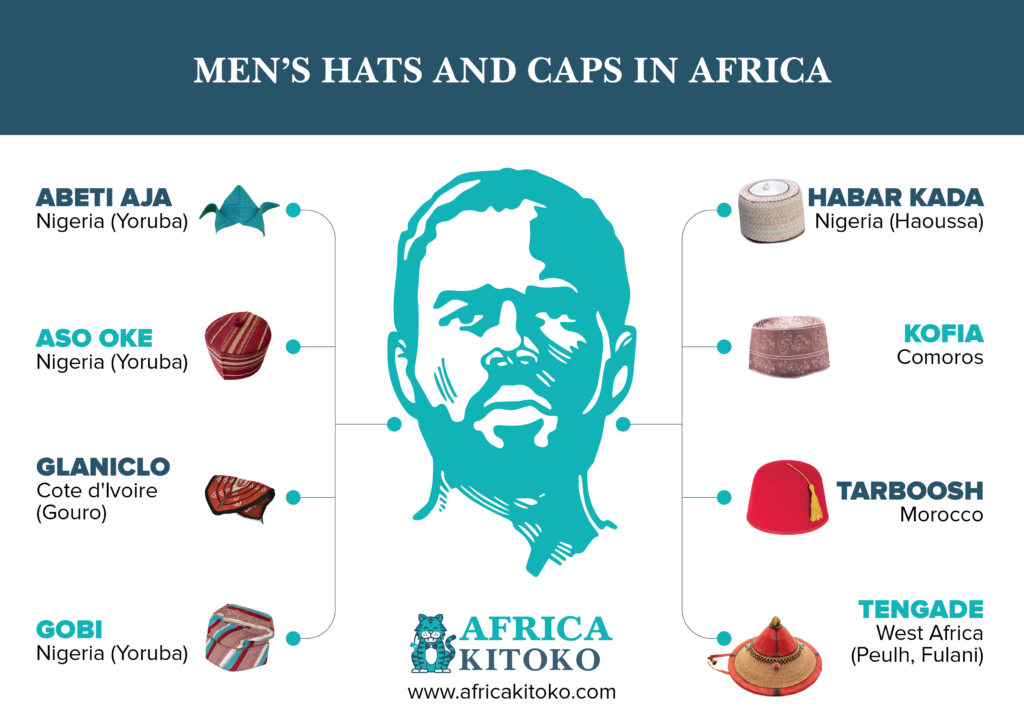
Hats in Africa speak volumes about ethnic and social origins, sometimes even belonging to a lineage, the hat is also a beauty accessory.
Focus on the different hats in Africa.
Kofia: Comore
Kofia is a Swahili word which means hat. The kofia is worn with a dashiki, a colorful African shirt that is called a kitenge shirt in some parts of East Africa. Kofia is popular in the Comoros. Traditional kofia has tiny pinholes in the fabric that allow air to circulate.
Tarboosh: Morocco
tarbouche is a male headdress made of felt, often red, in the shape of a truncated cone, decorated with a black tassel fixed on the top. This brimless hat, originally from ancient Greece, was adopted by many ethnic and religious groups during the following centuries and especially in the Ottoman Empire of the 19th century. In its long history, the tarboosh has been worn by several peoples, including the Greeks, Turks, Arabs, Albanians, Berbers, Armenians, Levantines and various populations of Muslim religion. Nowadays, it is also worn in Morocco.
Tengade: Peulh identity hat
« Tengade » in Peulh, « Gaban » in Bambara, the Peulh hat does not go unnoticed. Typically oval in shape, it is made by local artisans using straw and the skin of domestic animals. This men’s hat is topped with a spike also adorned with leather. A leather cord is stapled at the two sides of the hat. Like the stick, the Peul breeders are inseparable from this symbolic and identity object. A young Peulh is never well undermined until he is wearing a Tengade. It is a material of seduction par excellence in the Peulh villages.
The Habar Kada: Hausa hat.
The Habar Kada is a hat worn in northern Nigeria by the Hausa. The « habar kada » is often compared to a crocodile’s mouth.
The famous Gobi of the Yoruba people
The Gobi is a famous Yoruba hat all over Africa, it is worn during major events such as weddings or birthdays. Often made with woven loincloth, it is quite flexible and cylindrical in shape. It has no fixed color and can be worn on almost everything.
Depending on the region you are in, the Gobi has a very specific meaning. But one of the most widespread is that of the « Goun » tradition. According to the latter, the position of the hat, the fabric of the hat, and even its color are made to express something. Indeed, when the bearer of the « Gobi » directs the latter to the right side, it shows that he is of an easy social class and has an important role in society. On the other hand, when the hat is swung to the left side, this points out that the wearer is part of the middle class.
The Glanico of the Gouro People (Ivory Coast)
Among the Gouro, a people from west-central Ivory Coast, this hat is generally worn by the notables.
The Aso Oke Yoruba
The Aso oke fabric is a hand woven fabric created by the Yoruba people of West Africa. Aso oke means « upper fabric » in English, designating a fabric of high status. Usually woven by men and women, the fabric is used to make men’s dresses, called agbada and hats.
ABETI AJA of Yoruba people
« Abeti Aja » is the traditional Yoruba cap which, because of its triangular flaps, bears the humorous name of large dog ears. The cap can be worn and shaped as desired. The fabrics used for these caps are hand woven on the traditional Yoruba loom. The fabric is called « Ofi » or « Aso Oke ». Each cap is individually sewn by hand and has a unique custom elastic design.



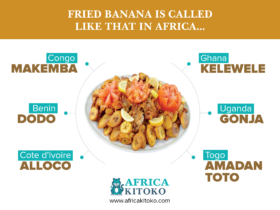
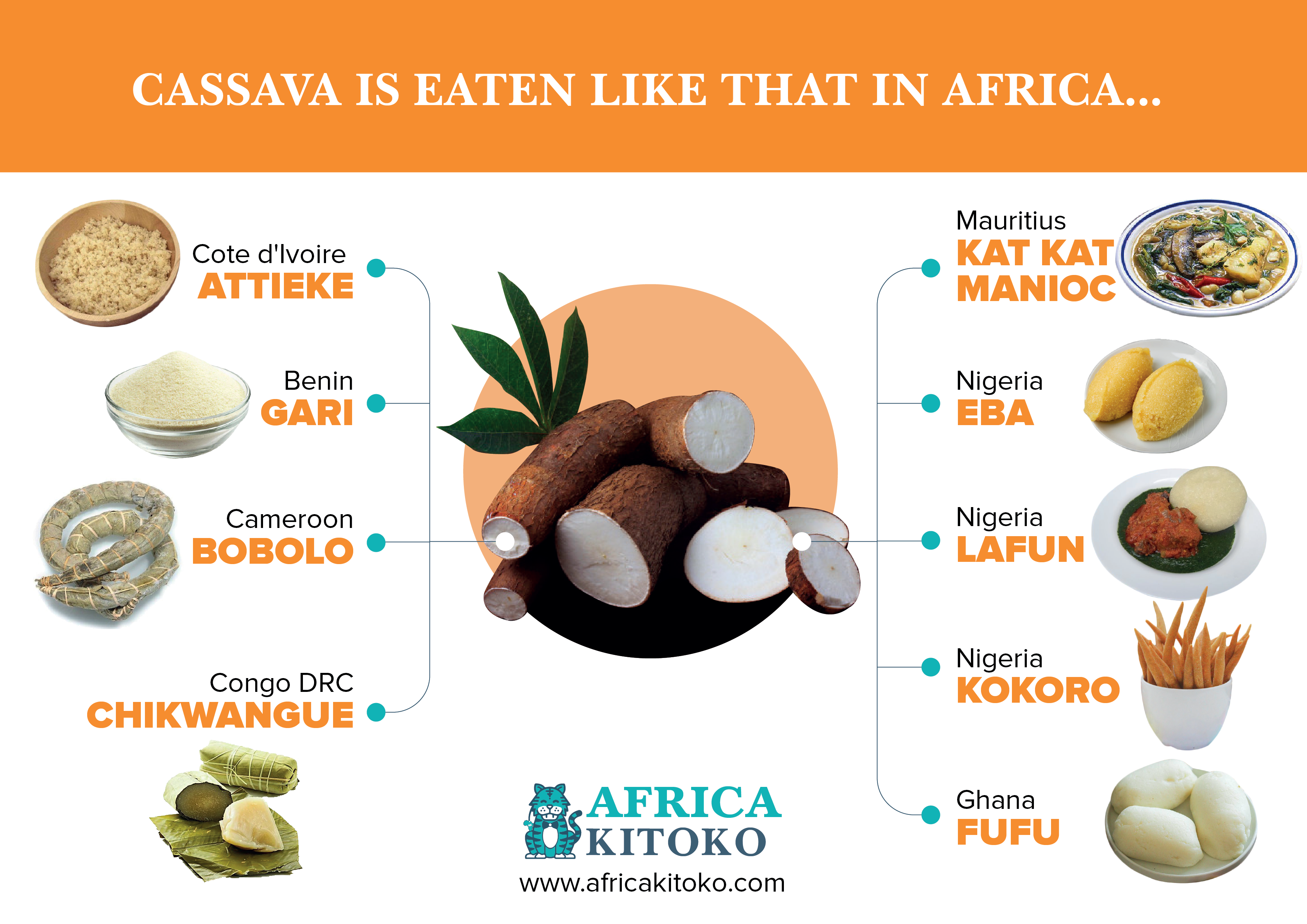

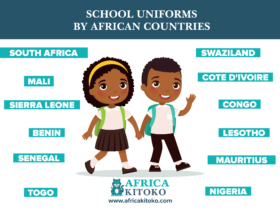

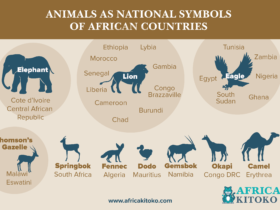
Leave a Reply
View Comments